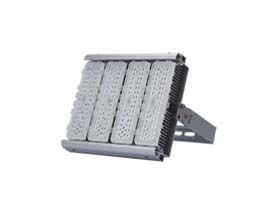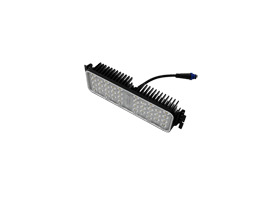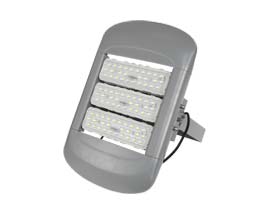Navigating the Contrast: Unraveling the Difference Between Street Lights and Flood Lights
In the world of outdoor lighting solutions, two distinct contenders, street lights and flood lights, shine brightly with their unique features and applications. Understanding the difference between street lights and flood lights is pivotal for making informed decisions about their usage. In this article, we'll embark on a journey to explore the nuances that set these lighting options apart and how they cater to diverse lighting needs.
Distinguishing Street Lights and Flood Lights
Street lights hold the responsibility of illuminating roadways, sidewalks, and public pathways. They are designed to provide uniform and widespread lighting to ensure safety and visibility for pedestrians and vehicles alike. The focus of street lights is to create a well-lit environment for navigation, minimizing the risk of accidents and promoting road safety. In contrast, flood lights are known for their concentrated and intense illumination. These lights are engineered to cast a powerful beam of light over a specific area, making them suitable for illuminating large outdoor spaces, architectural structures, event venues, and more. Flood lights excel in delivering enhanced visibility to targeted zones.
Light Distribution: Broad vs. Focused
The difference between street lights and flood lights becomes apparent when examining their light distribution. Street lights are engineered to evenly distribute light across a broad area, ensuring consistent visibility along roads and pathways. This uniform lighting is essential for preventing glare and providing clear navigation paths. On the other hand, flood lights concentrate their illumination into a tight beam focused on a specific point. This focused approach allows for intense lighting in localized areas, which is particularly beneficial for events, security surveillance, or highlighting architectural details. The difference between street lights and flood lights extends to their intensity and coverage. Street lights emit moderate-intensity light to cover vast areas, ensuring that roads are adequately lit without causing discomfort to drivers. Their strategic placement contributes to widespread coverage in urban and residential settings.
Application Scenarios
The practical applications of street lights lie in urban and residential environments. They illuminate streets, sidewalks, and pedestrian crossings, enhancing safety for both motorists and pedestrians. The broad and even distribution of light promotes comfortable navigation. Flood lights find their role in a range of specialized scenarios. They are versatile tools used to illuminate sports arenas during night games, highlight outdoor stages for events, provide security lighting in commercial areas, and showcase the architectural features of buildings.
Purpose and Functionality
Street lights are designed with the primary purpose of ensuring safety and facilitating navigation. Their uniform and widespread illumination create well-lit roadways and walkways, minimizing the chances of accidents and promoting a secure environment. Flood lights are all about delivering impactful illumination to specific areas. Their intense beams of light are intended to enhance visibility for specific tasks, whether it's a sporting event, construction site, or outdoor performance.
In the realm of outdoor lighting solutions, understanding the difference between street lights and flood lights is essential for making informed choices. Street lights prioritize safety and uniformity, providing widespread illumination for roads and pathways. Flood lights, with their focused intensity, cater to specialized lighting needs, offering powerful beams for specific areas or events. By grasping these distinctions, we can ensure that the right lighting solution is chosen to suit the unique requirements of each outdoor space.
 English
English  中文
中文
 日本語
日本語
 Deutsch
Deutsch
 Türkçe
Türkçe



